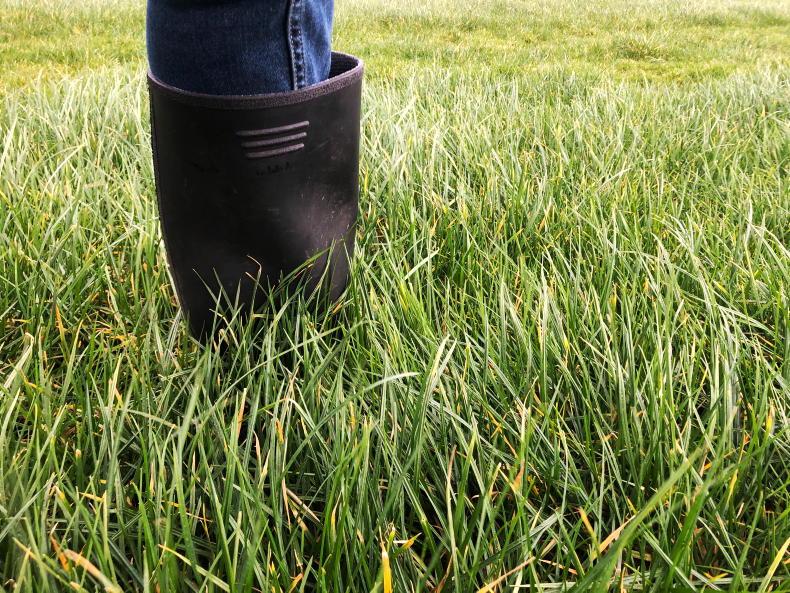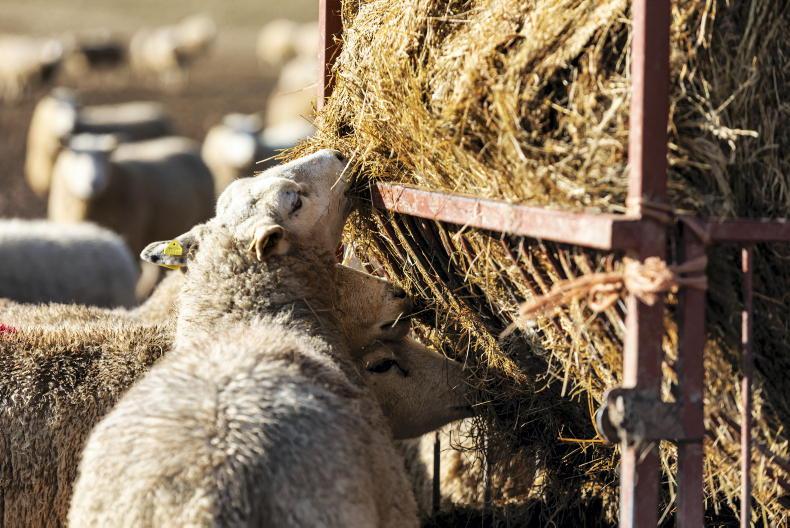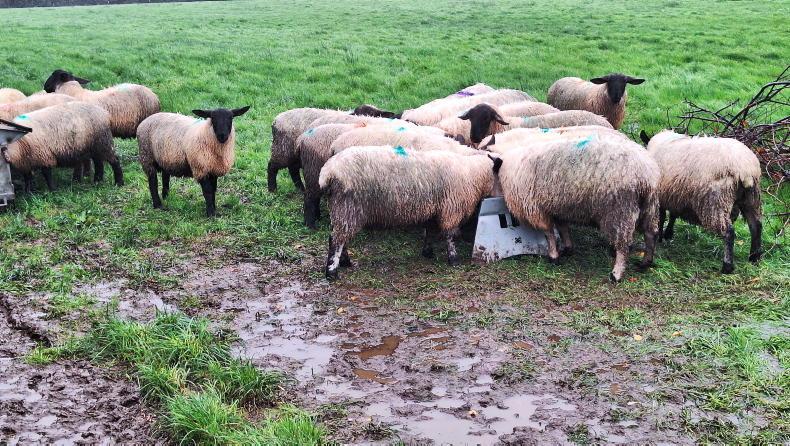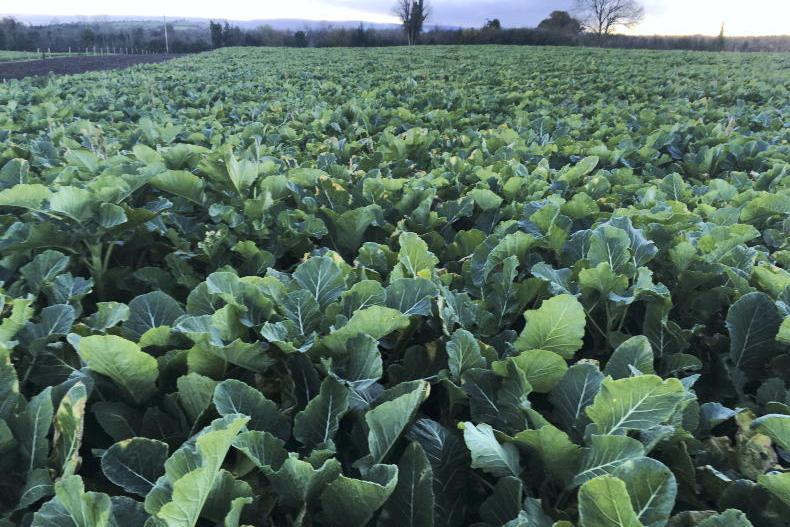For anyone about to start another year of grass measuring or anyone just starting this year, it’s important to remind ourselves of why grass measuring and management is so important.
The key points to this are that measuring grass helps:
With decision making.Identifying underperforming paddocks.Growing and utilising more grass.Grazing better quality grass.Increase profitability.To kick off 2022, a grass walk in mid- to late-January can be very beneficial for a long list of reasons. The first priority is to assess winter growth and what grass is available.
While walking, it is important to assess ground conditions and establish what paddocks have a suitable grass cover and whether or not ground conditions are suitable for grazing.

An early spring walk gives time to plan and get set up before calving.
The reason for getting out early for the first walk is it gives you a chance to come up with a grazing plan before calving gets too busy.
The aim is to graze the middle third of the wedge first. These paddocks should have a pre-grazing yield of 600kg DM/ha to 1,000kg DM/ha.
The reason for targeting these covers is that it gives the cows a chance to transition back on to grass and also, as cow numbers will be low at the start, it reduces the number of days spent in the paddock.
Set up temporary fences in the paddocks that will be grazed first before calving starts and when there is a group of cows calved and ready to go out, all that is left to do is open the gate.
Access points
Using multiple access points, backing fences and spur roadways the width of one or two cows will reduce the damage caused to the whole paddock by reducing the number of times cows travel over the same ground.
If conditions are poor, on-off grazing for two to three hours at a time will ensure there is grass in the diet, while also reducing the amount of time cows are spending out in the paddock.
The target is to have 30% of the grazing block grazed by 1 March on dry farms, with the target on heavy soils 10 days later.
Hitting a residual of 3.5cm to 4cm is important to set the farm up with good-quality grass for the second round.
While doing a weekly grass walk, it also gives you an opportunity to assess what paddocks are suitable for slurry or fertiliser application.
For anyone about to start another year of grass measuring or anyone just starting this year, it’s important to remind ourselves of why grass measuring and management is so important.
The key points to this are that measuring grass helps:
With decision making.Identifying underperforming paddocks.Growing and utilising more grass.Grazing better quality grass.Increase profitability.To kick off 2022, a grass walk in mid- to late-January can be very beneficial for a long list of reasons. The first priority is to assess winter growth and what grass is available.
While walking, it is important to assess ground conditions and establish what paddocks have a suitable grass cover and whether or not ground conditions are suitable for grazing.

An early spring walk gives time to plan and get set up before calving.
The reason for getting out early for the first walk is it gives you a chance to come up with a grazing plan before calving gets too busy.
The aim is to graze the middle third of the wedge first. These paddocks should have a pre-grazing yield of 600kg DM/ha to 1,000kg DM/ha.
The reason for targeting these covers is that it gives the cows a chance to transition back on to grass and also, as cow numbers will be low at the start, it reduces the number of days spent in the paddock.
Set up temporary fences in the paddocks that will be grazed first before calving starts and when there is a group of cows calved and ready to go out, all that is left to do is open the gate.
Access points
Using multiple access points, backing fences and spur roadways the width of one or two cows will reduce the damage caused to the whole paddock by reducing the number of times cows travel over the same ground.
If conditions are poor, on-off grazing for two to three hours at a time will ensure there is grass in the diet, while also reducing the amount of time cows are spending out in the paddock.
The target is to have 30% of the grazing block grazed by 1 March on dry farms, with the target on heavy soils 10 days later.
Hitting a residual of 3.5cm to 4cm is important to set the farm up with good-quality grass for the second round.
While doing a weekly grass walk, it also gives you an opportunity to assess what paddocks are suitable for slurry or fertiliser application.











SHARING OPTIONS